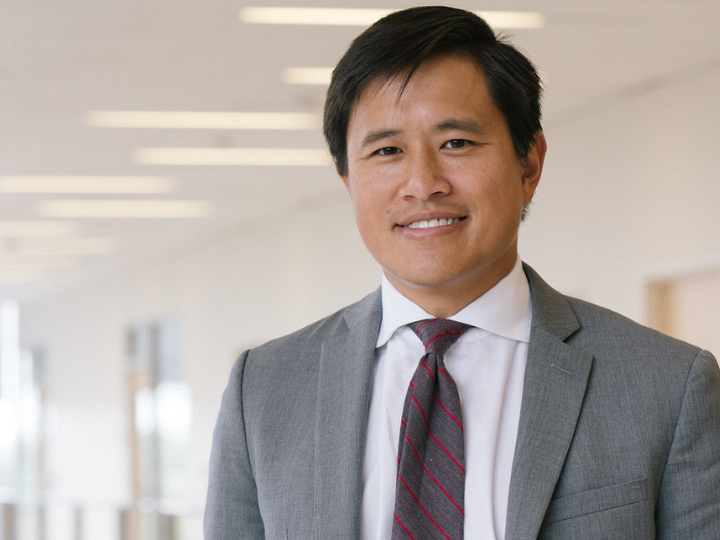

Family physicians typically don’t consider where patients live when assessing their health care needs, despite research that indicates a person’s environment can significantly affect their health. Things like access to health care and nutritious food and the quality of housing, education, water and air all play a role in health.
With the emergence of value-based health care, there are more incentives for providers to take those factors into account. Doctors are rewarded for actually improving a patients’ health in a value-based delivery model, instead of being paid for each visit, procedure or test, regardless of the outcome.
However, a study published in the Annals of Family Medicine found that family physicians could not accurately estimate where their patients actually live. Study participants overestimated the geographic footprint of their practice by 112% on average, or 166 miles. In other words, they perceived their patients were more widely distributed in the region than they actually were.
Understanding the communities they serve is a critical first step for physicians to implement a more community-oriented approach to care, according to Dr. Winston Liaw, chair of the Department of Health Systems and Population Health Sciences at the University of Houston College of Medicine. He believes this lack of awareness ultimately leaves clinicians feeling unprepared and communities underserved.
“The idea of thinking about where patients live is radical, because we’re not trained to ask for that information,” said Liaw, study co-investigator. “We need to get providers to integrate geography into their practice data and get them thinking about the health needs of specific communities.”
To address this gap, more practices are moving services out of the clinic and directly into the community, making it vital to “understand a community’s needs, identify those in need not accessing care, engage potential community partners for collaborative care, and consider novel community-based interventions,” according to the study.
Information about the health challenges faced by specific communities should be integrated into electronic health records and used to develop strategic interventions, according to Liaw.
“If I wanted to push a diabetic educator into the community, for example, then I need to know where to put them. I need to know the neighborhoods my clinic serves and more specifically, where diabetic patients are living. Otherwise we’re just guessing,” said Liaw. “We need data in order to figure out how to allocate our resources on a geographic level.”
The UH College of Medicine, while still pending accreditation, is taking a new approach to medical education that will prepare primary care doctors to be more effective with underserved populations, key to improving the overall health and health care of people in Houston and Texas. Understanding the social factors that influence health is a major focus.
“As we develop an innovative curriculum, much of it will be about neighborhoods, geography and population health,” said Liaw. “We need to train doctors to think about health in a more geographically informed way.”
The study was funded through a pilot grant from the Virginia Commonwealth University Wright Center for Clinical and Translational Research.
“The intention was to gain a better understanding of patients’ social determinants of health risks based on where they lived,” said Dr. Alex Krist, study co-investigator and professor of family medicine at VCU and co-director of community-engaged research at the Wright Center. “We found that patients who come from more disadvantaged communities were less likely to get the care they needed.”
Krist said the study quantitatively reinforced what he has observed through interactions with patients at the family medicine clinic where he practices.
“It is important for a doctor to know where their patient comes from,” he said. “This study revealed that doctors don’t understand the footprint of where their patients came from as well as they thought.”